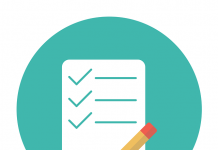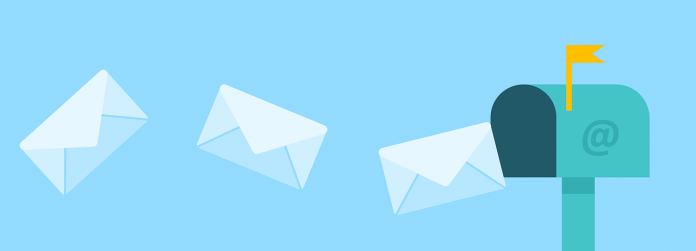So, you want to know what is DMARC? DMARC Check or DMARC record checker is the diagnostic component of DMARC that performs the analysis of the DMARC record. It carries out a series of checks on the DMARC record to authenticate if it is valid and published correctly on the domain.
DMARC
Email authentication services use DMARC to ensure that emails have maximum deliverability. It is an email authenticating protocol that protects the organization’s domain. DMARC is abbreviated for Domain-based Message Authentication, Reporting and Conformance.
It is a technique designed to authenticate emails so as to prevent hackers from carrying out phishing attacks on the organization’s domain and impersonating its brand to send emails to the customers, clients or staff members.
DMARC Check
A DMARC Check is used to verify if a particular domain has a valid policy. The checker validates or tests the DMARC record to see if it is published on a domain, and it also carries out other performance tests on the DMARC record.
How it works
If you want to run a DMARC check, you can enter your domain on the email authenticating service site, and it will provide a DMARC record on the domain if there is any by looking at the entries in the DNS. The record check tests to see if the DMARC record syntax is accurate. It also ensures that the reporting domains have an EDV (external destination verification) enabled on them.
Therefore, the DMARC check approves the email once it is passed by the two email authenticating protocols, i.e., SPF (Sender Policy Framework) or DKIM (Domain keys Identified Mail) or both.
Why is the DMARC record important?
With the DMARC check, an organization can verify all the emails based on the DNS records. So, it can review its DMARC activity to evaluate what kind of content has been emailed from its domain.
The record check ensures that DMARC reporting is being done so that emails can be verified effectively. It helps prevent all kinds of errors while the record is being formatted. It may also help provide additional information for any possible improvements.
Once the DMARC check is done, the emails are treated according to the organization’s policy communicated to ISPs like Gmail, Microsoft or Yahoo etc.
Based on the organization’s policy, the email traffic is monitored, and the email is sent without any action, or sometimes a warning may be inserted. Alternatively, if the email fails the DMARC check, it may be subjected to seclusion and sent to the spam folder. The end-user can approve it manually later. The third policy is the strictest protocol, and according to it, if the email is unauthorized, it is not allowed to be delivered, which is the main purpose of deploying DMARC.

















